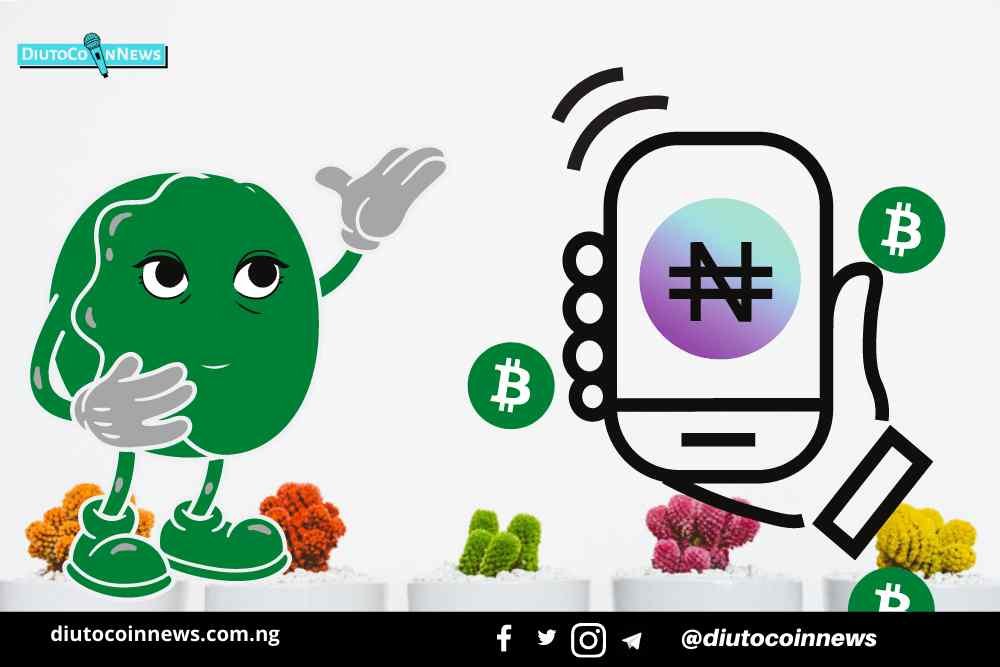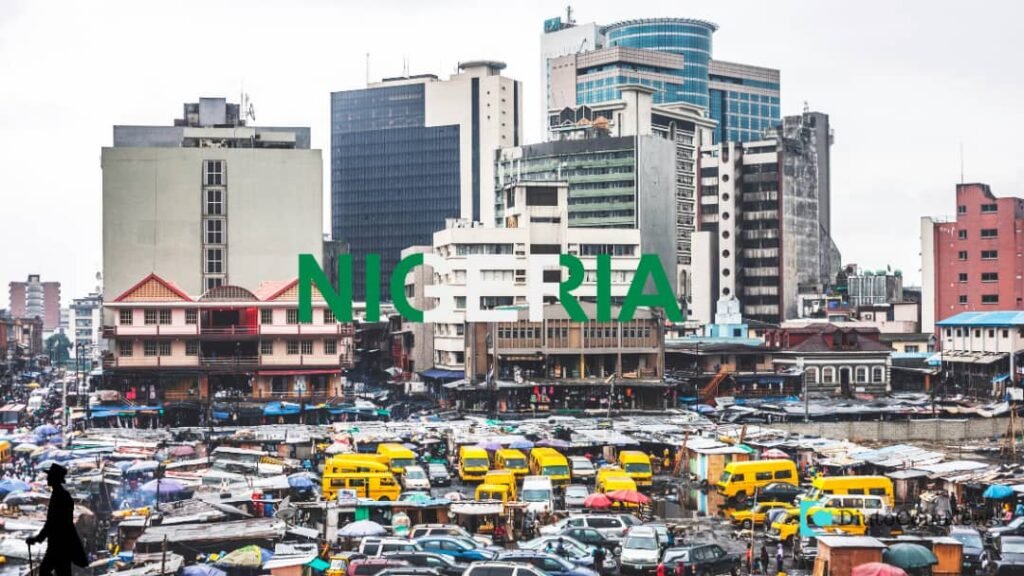The analysts see significant depreciation across major foreign exchange windows with the official interbank window, the Investor and Exporters (I&E) window FX rate at N482/$1 before end of 2022.
This development would also be replayed in the parallel market where the current rate of N583/$1 is expected to cross the N600 mark by year end.
This goes down to the Naira to USDT rate at the crypto market. More traders at this point will end up hoarding USDT hoping to make gains with it by year end.
For an economy that is import dependent, this would lead to higher cost of imported goods as well as locally produced goods that depend on imported raw materials.
However, some other views are that some current developments and circumstances in the country may play down the exchange rate volatility and Naira depreciation.
Read Also: Why Young Nigerians Prefer Crypto To Naira
For instance, Nigeria is currently riding on strong oil prices with oil currently trading at over $90/bl as against the 2022 budget benchmark of $62/bl. This breeds a seemingly healthy import cover of 7.9 months.
It is also believed amongst the analysts that the upcoming elections in 2023 could see the Central Bank of Nigeria, CBN, opting to keep the exchange rate stable by all means for political reasons.
At this point, if the prices are kept stable until year end, crypto foreign exchange traders may or not make much gain as calculated against the purported future price of over N600/$1.
But digging deeper into the foreign exchange market dynamics in 2022, analysts at Agusto & Co, a financial rating firm, are of the view that the wide gap between the exchange rate at the official window and the parallel market would be sustained, which will further frustrate policies while pressuring costs across sectors.
Responding to the question of rate increase or decrease, ‘‘Will Naira/ USD rates converge in 2022 at premium below 5%’’, they stated: ‘‘No, because we have a Central Bank that is trying to peg the rate at which the Naira exchanges for the USD even though there is, on average, a 10% difference between the inflation rates of the two currencies’’.
Discover more from DiutoCoinNews
Subscribe to get the latest posts sent to your email.












